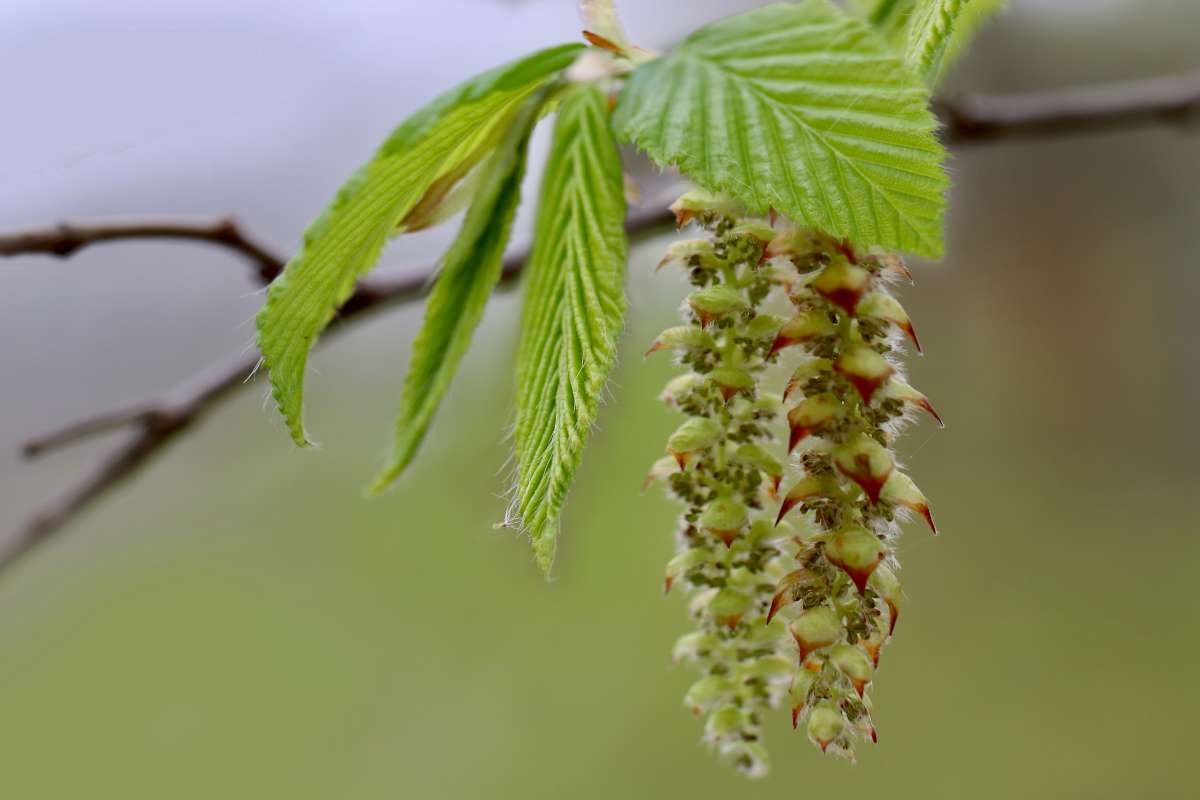
Carpinus, also known as the hornbeam, is a fascinating genus of deciduous trees and shrubs that belongs to the Betulaceae family. These versatile plants are native to various parts of the world, including Europe, Asia, and North America. Carpini are highly valued for their ornamental beauty, as well as their practical uses in landscaping and horticulture.
In this article, we will explore eight fascinating facts about Carpinus that will give you a deeper understanding and appreciation for these remarkable trees. From their unique characteristics and diverse species to their ecological benefits and cultural significance, Carpinus is a genus that offers much to captivate plant enthusiasts and nature lovers alike.
Key Takeaways:
- Carpinus, also known as hornbeams, are versatile trees with dense wood, vibrant green leaves, and compact growth, making them perfect for landscaping and providing habitat for wildlife.
- With approximately 40 species, Carpinus trees offer a wide variety of sizes, leaf shapes, and geographic distributions, making them a popular choice for furniture making, cabinetry, and adding beauty to urban and rural settings.
Carpinus belongs to the family of Betulaceae.
Carpinus, commonly known as hornbeams, are deciduous trees or shrubs that belong to the family Betulaceae. They are native to various regions around the world, including Europe, Asia, and North America.
There are approximately 40 species of Carpinus.
Within the Carpinus genus, there are around 40 recognized species. These species vary in size, leaf shape, and geographic distribution, offering a wide diversity of hornbeam trees for enthusiasts and arborists.
Carpinus trees are commonly used in landscaping and horticulture.
Due to their attractive foliage and ability to withstand pruning and shaping, Carpinus trees are often favored for landscaping purposes. They can be seen in parks, gardens, and along streets, adding beauty and shade to various urban and rural settings.
The wood of Carpinus is dense and durable.
Carpinus wood is highly valued for its strength, hardness, and resistance to decay. It is commonly used in furniture making, cabinetry, tool handles, and flooring. The dense wood also makes it suitable for carving and turning.
Carpinus leaves are serrated and vibrant green.
The leaves of Carpinus trees are characterized by their serrated edges and vibrant green color. During the autumn season, the leaves often turn shades of yellow, orange, and red, creating a stunning display of fall foliage.
Hornbeams produce small, inconspicuous flowers.
The flowers of Carpinus trees are not showy and are often overlooked. These small, inconspicuous flowers usually appear in spring before the leaves emerge. They are primarily wind-pollinated.
Carpinus trees are prized for their dense, compact growth habit.
Hornbeams are known for their tight, dense growth habit, making them ideal for hedge or screen plantings. Their compact form allows for easy trimming and shaping, creating uniform boundaries or privacy barriers.
Carpinus provides important habitat and food for wildlife.
The dense foliage and fruits of Carpinus trees provide shelter and nourishment for a variety of wildlife. Birds, squirrels, and other small mammals are known to feed on the seeds and use the trees as nesting sites.
Conclusion
In conclusion, Carpinus, also known as hornbeams, are a fascinating group of plants with numerous interesting qualities. From their unique hardiness and versatility to their remarkable medicinal properties, Carpinus truly deserves recognition. Their historical and cultural significance, as well as their important role in the environment, further adds to their charm.
Whether you are a plant enthusiast, a gardener, or simply curious about the natural world, exploring the world of Carpinus can be an enriching experience. The more you delve into their captivating facts and characteristics, the more you will appreciate the beauty and diversity of these remarkable plants.
FAQs
1. What is Carpinus?
Carpinus is a genus of flowering plants commonly known as hornbeams. They belong to the Betulaceae family and are known for their hardiness and versatility.
2. Where can I find Carpinus?
Carpinus species can be found in various regions across the globe, including North America, Europe, Asia, and Africa. They often thrive in temperate climates and are adaptable to a wide range of soil conditions.
3. What are the medicinal properties of Carpinus?
Carpinus has been traditionally used for its medicinal properties. The leaves and bark of some species are known to have anti-inflammatory and astringent properties, and are used in traditional herbal medicine for various purposes.
4. Are Carpinus trees important for the environment?
Yes, Carpinus trees play an important role in the environment. They provide shade and shelter for various animals and birds, contribute to soil stabilization, and act as carbon sinks, helping to reduce the impact of climate change.
5. Can I grow Carpinus in my garden?
Absolutely! Carpinus is a popular choice for many gardeners due to its attractive foliage, compact size, and hardiness. With proper care and maintenance, you can successfully grow Carpinus in your garden or as a potted plant.
Was this page helpful?
Our commitment to delivering trustworthy and engaging content is at the heart of what we do. Each fact on our site is contributed by real users like you, bringing a wealth of diverse insights and information. To ensure the highest standards of accuracy and reliability, our dedicated editors meticulously review each submission. This process guarantees that the facts we share are not only fascinating but also credible. Trust in our commitment to quality and authenticity as you explore and learn with us.
